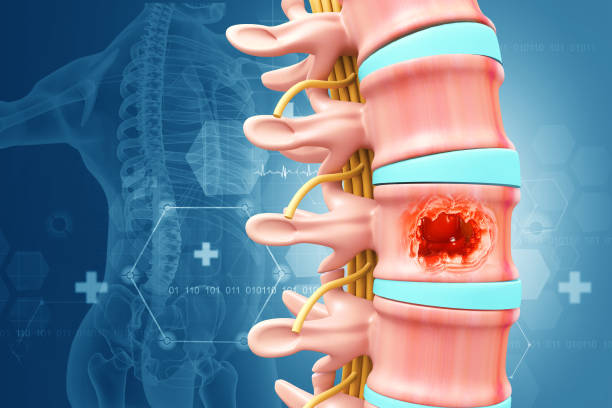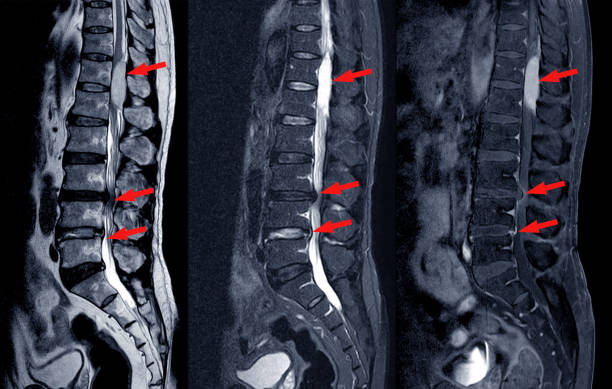Spinal stenosis is a condition in which the spinal canal, which surrounds and protects the spinal cord, narrows. This narrowing can put pressure on the spinal cord and nerves, leading to a variety of symptoms.
It is important to seek medical attention if you are experiencing symptoms of spinal stenosis. Early diagnosis and treatment can help to prevent the condition from progressing and minimize the impact on your quality of life.
Symptoms of Spinal Stenosis
Common symptoms of spinal stenosis include:
Low back pain
Leg pain and weakness
Numbness or tingling in the legs or feet
Difficulty walking or standing for long periods of time
Urinary incontinence
Cause of Spinal Stenosis
The exact cause of spinal stenosis is not always clear, but it is most commonly a result of aging. As people age, their spinal discs may begin to degenerate, causing the bones of the spine to grow and narrow the spinal canal. Other factors that can contribute to spinal stenosis include arthritis, spinal injuries, and congenital spinal stenosis.
Treatment for Spinal Stenosis
Treatment for spinal stenosis will depend on the severity of the symptoms and the underlying cause of the stenosis. In some cases, conservative treatments such as physical therapy, pain medication, and hot/cold therapy may be enough to relieve symptoms. For those with more severe symptoms, more invasive treatments may be necessary.
Surgical options for spinal stenosis include:
Laminectomy: a procedure in which the lamina, or back portion of the vertebral bone, is removed to relieve pressure on the spinal cord and nerves
Spinal fusion: a procedure in which two or more vertebrae are joined together to prevent movement and relieve pressure on the spinal cord
Decompression laminectomy: a procedure in which the lamina is partially removed to relieve pressure on the spinal cord
Foraminotomy: a procedure in which a portion of the bone around the nerve root is removed to relieve pressure on the nerve
It is important to talk to your doctor about the best treatment options for your specific case of spinal stenosis. With proper treatment, most people are able to manage their symptoms and improve their quality of life.
Conclusion
Spinal stenosis is a condition that occurs when the spinal canal narrows, causing pressure on the spinal cord and nerves. Symptoms can include back pain, numbness, weakness, and difficulty walking. The treatment for spinal stenosis will depend on the severity of the symptoms and the underlying cause of the condition, and may include physical therapy, pain medications, corticosteroid injections, surgery, and acupuncture.

 Home
Home Health
Health Diet & Nutrition
Diet & Nutrition Living Well
Living Well More
More












